In an episode of Under the Bridge, the writer Rebecca Godfrey brings flowers to Manjit and Suman Virk’s home in View Royal, a suburb just outside of Victoria, B.C. Under the Bridge is a limited true-crime series streaming on Disney+ in Canada, and takes its name from Godfrey’s non-fiction book of the same name.
In the scene at the Virks’ home, the room is sombre but tense. Godfrey is writing a book about the recent murder of the Virks’ 14-year-old daughter, Reena, and it’s her first time properly sitting down with them. Reena was beaten and drowned by a group of teens, a group she thought were her friends.
The murder took place in Saanich, B.C. The year was 1997, a time when youth culture took its cues from mainstream gangsta rap on the radio. A stirring scene later in the series finds Manjit and Suman in their late daughter’s bedroom listening to the Notorious B.I.G., whose music she loved and which they didn’t understand when she was alive.
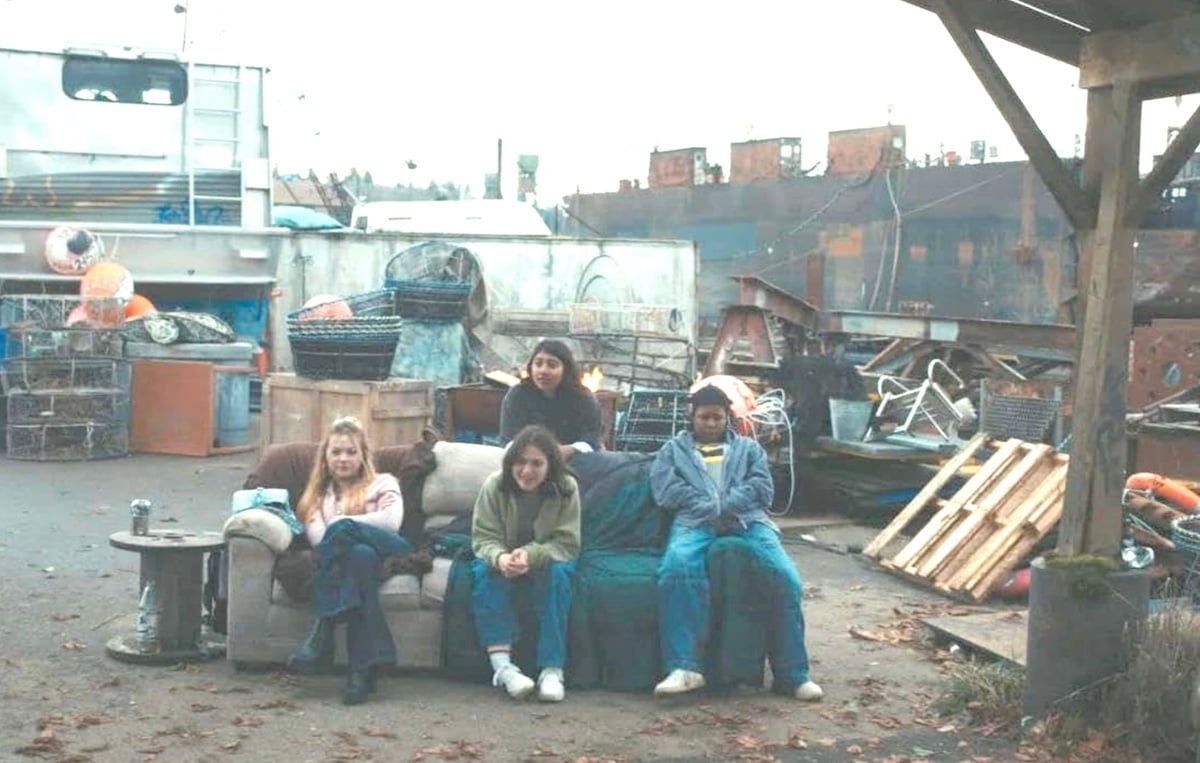
For viewers in B.C. familiar with the case, the show has the interesting effect of moving viewers between their real-life knowledge and experiences and the poetic licence of TV.
In the scene with Godfrey in the living room, the Virks express their concern about where the writer is directing her journalistic efforts.
“For someone wanting to write a book about my daughter, you don’t really know much, do you?” Suman Virk, Reena’s mother, grief-stricken, says to Godfrey in the show. Here, Under the Bridge exposes common criticisms of the true-crime genre at large, which the show seeks to challenge in its eight-episode run.
Filmed across Vancouver after Hulu greenlighted the series in 2022, Under the Bridge features an ensemble cast, including Archie Panjabi as Reena’s mother, Riley Keough as Godfrey and Lily Gladstone as a composite character helming the murder investigation. Reena is played by Vritika Gupta, and Samir Mehta and Liz Tigelaar are executive producers.
The real Rebecca Godfrey grew up in Victoria and was heavily involved in the production until her death in 2022 from complications related to lung cancer. Her 2005 book won awards, garnering praise for the humanity and nuance it provided those responsible for the murder as well as Reena and her family.
Reena’s father, Manjit, published a book of his own about the case in 2008, which was also used as source material for the show.
The case of Reena’s murder caught international attention because of the cruelty of the killing, because of the unassuming town in which it occurred and because those involved were mostly young girls.
In the months and years that followed, it sparked widespread conversations about teen bullying and racism. In efforts spearheaded by Reena’s parents, the case became a fixture in anti-bullying campaigns across the country.
As both a TV show and a book, Under the Bridge wrestles with the complexities of teen life, namely the impacts of social hierarchies, the inescapable desire for belonging and the flawed approaches of family support services in Victoria. Under the Bridge alternates between events that transpired before and after Reena’s death and, in the process, pieces together what happened on the tragic night and explores the motivations of the perpetrators and the enduring impacts the case had on Reena’s community and family.
Since the series started streaming weekly on May 8, the show has introduced and reintroduced audiences around the globe to the horrific details of Reena’s murder. The series has received relatively positive reviews, with critics appreciating its careful, sensitive creative choices.
As Adrian Horton for the Guardian puts it, “Under the Bridge is self-aware and empathetic, clearly thinking through implications, its heart in the right place.”
Some people connected to the case have spoken out on social media since its release, including Syreeta Hartley, the then girlfriend of Warren Glowatski, the only boy in the group who attacked Reena under the bridge the night she died. Glowatski was convicted of second-degree murder in 1999.
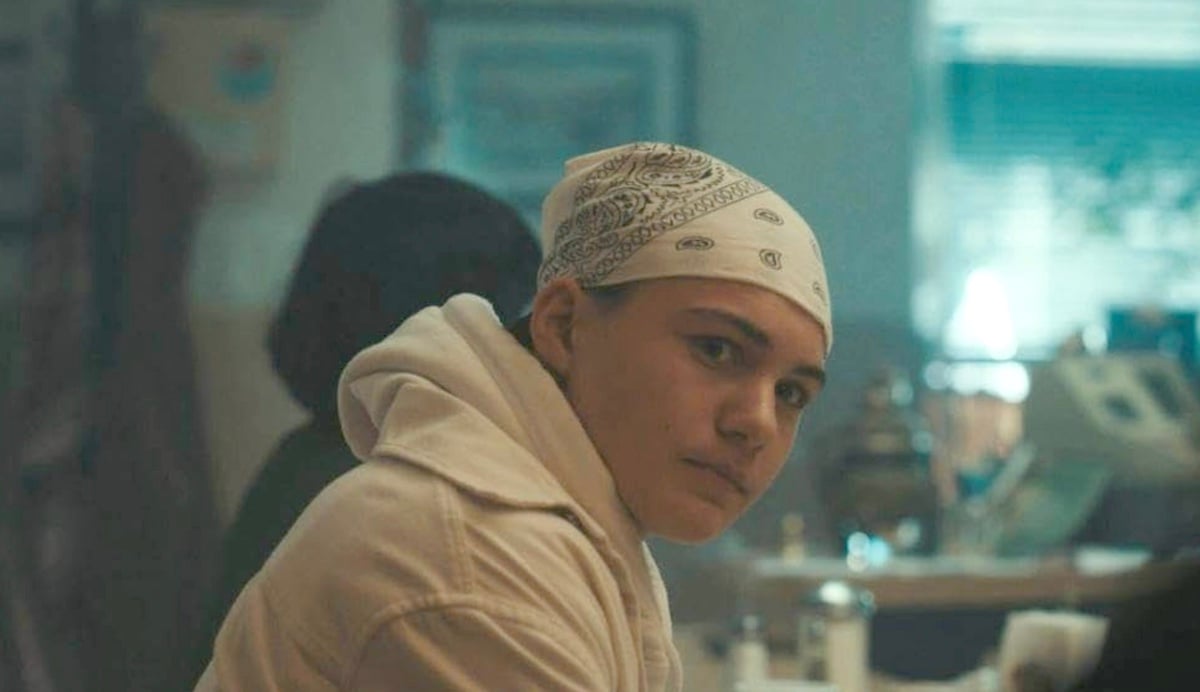
At 14, Hartley unknowingly became a key witness and her testimony against Glowatski was instrumental in his conviction. Since the show aired, Hartley has been vocal on TikTok, answering questions and identifying differences between the dramatized version of events and her real-life experiences.
“While this whole thing has been a wild ride and I didn’t want this show to come out, I didn’t expect to go through all this again, it actually has brought me a lot of peace,” she said in a TikTok.
“I’m not done in my search for justice for me and anybody else in 1997 [who] was wrongfully treated by the police.”
Transcending the limitations of true crime
To its credit, Under the Bridge avoids many of the common pitfalls of contemporary true-crime shows.
The show paints a full, generous picture of those involved in the crime, with extra sensitivity to the impact of family conflict and isolation on the lives of children. It avoids long-winded, graphic scenes that do little to portray the actual complexities of the crime and may be traumatizing for viewers.
The perspective of the Virk family is built out in detail — Samir Mehta was in touch with Reena’s father, Manjit, during the production process and said it was a big part of telling this story.
And, crucially, instead of framing law enforcement officers as one-dimensional heroes, Under the Bridge critiques how the Saanich police built their case around Reena, such as their hesitation to identify race as a factor in her death despite having evidence that suggested it was.
Dramatized depictions of criminality run the risk of perpetuating sensationalized narratives and skewed, uninformed accounts of what really happened. There are often voyeuristic, glorified explorations of killers for entertainment, with less attention given to the experience of victims and their family members.
Where they had little control over media narratives at the time of the crime, some are forced to relive their trauma through unwelcome attention as the world reacts to their story, all while production houses turn a profit.
Under the Bridge’s ability to circumvent these pitfalls can be credited to Godfrey’s thoughtful source material, too.
In a 2019 interview with the Believer, Godfrey discussed her approaches to writing the book. In a departure from a journalistic objectivity devoid of emotional attachment, Godfrey felt a deep responsibility to the children involved in the case, as well as to the Virks.
She spent over six years writing the book and felt called to portray their lives with as much complexity and truth as she could.
When fact blurs with fiction
Where the book intentionally omits Godfrey’s personal perspective, Hulu’s Under the Bridge uses it as an entry into the story. And the clarity that the real-life Godfrey had when writing her book isn’t reflected in the show. The show’s characterization of Godfrey is of a hotshot New York writer coming back to her hometown to cover the troubled teens of Victoria.
She’s interested in how they fetishize mafia and gang culture — with the girls closest to Reena especially idolizing American Mafioso John Gotti.
It’s a tough trip back to B.C. because Victoria reminds Godfrey of her brother, who died in a drowning when she was young. In the TV series, Godfrey’s actions are portrayed as morally clumsy — she feeds information to police (namely, to Lily Gladstone’s Cam Bentland, her childhood friend), drops acid with the kids to gain their trust and is visibly discomforted by the idea of privileging the Virk family’s perspective.
Grief also clouds her actions, and she seems at first to empathize with Warren Glowatski more than with the desires of the Virk family.
But there are refreshingly tender, nuanced depictions of the Virk family, too. The fourth episode, titled “Beautiful British Columbia,” flashes between a charged dinner party at the Virk home with Reena’s friends from Seven Oaks, a government-run home for runaway girls, and their family’s intergenerational migration story.
The episode shows how Suman’s family came to Canada and quickly became Jehovah’s Witnesses in efforts to counteract the racism and social isolation they faced — later mirrored in Reena’s struggle for belonging and acceptance.
Later in the ’70s, Manjit comes to visit his sister in Canada on a travel visa. It’s close to expiring but he’s taken by the beauty and opportunity of a new life. By chance, he meets Suman at a party and they quickly fall in love over their shared desire to raise a loving family.
After objections from Suman’s family because of religious differences and Manjit’s expiring travel visa, Manjit ends up converting to her faith and they marry. Jehovah’s Witnesses in the area were predominantly white, meaning the Virks lived with the isolating experience of being a racial minority within a religious minority.
Where Suman was resolute in her faith, the show depicts Reena’s struggles to adhere to its strict expectations. Ultimately, Reena rebels and falsely accuses Manjit of molestation, landing her at Seven Oaks with her friends.
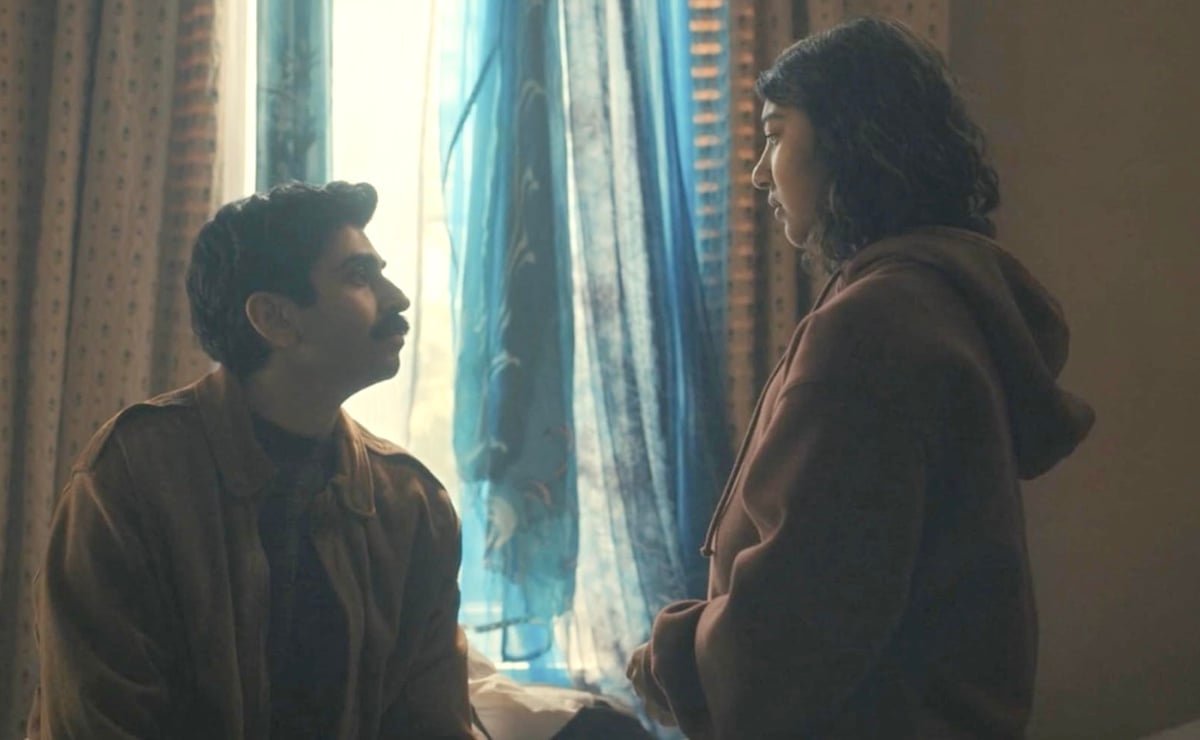
Confronting the truth. And the myths we make of victims
It’s heartbreaking to watch Manjit, a sweet and loving father, be arrested by the authorities. Godfrey chose to omit these events from the book out of fear that it would prevent readers from empathizing with Reena.
And for good reason. Audiences took to social media to express their anger towards Reena after the episode that retold these events aired.
In response, Under the Bridge creator Quinn Shephard published a piece in the Hollywood Reporter outlining their decisions to fill in the gaps left by Godfrey’s book and take care to portray Reena as the complex, flawed girl she was, rather than contributing to the myth of the “perfect victim.”
“Reena Virk was 14 when she made reckless choices, and while we must hold the utmost sympathy for how her choices affected her family, we also have to hold Reena’s teenage rage and her expression of it with care,” Shephard said.
“To me, it is the final ask of the show that we try our best to understand her — and not to judge her — in her death.”
That’s an important goalpost for a true-crime show being made in 2024, particularly in the context of buzzy, high-profile true-crime television projects like Netflix’s Dahmer, about American serial killer Jeffrey Dahmer, and What Jennifer Did, about the case of Jennifer Pan, who at 24 hired someone to kill her parents.
Both have sparked conversations about the complicated ethics of creating true-crime media and the responsibility production houses have to give victims’ families agency over how their stories are told.
A lasting impact
There are moments in Under the Bridge where the storytelling falters. But the care with which the production team approached the telling of Reena’s story is the series’ greatest strength.
I remember first hearing Reena Virk’s name during an anti-bullying class for girls at my elementary school in Surrey, B.C. It was Grade 6 and we sat in a circle to discuss the harms of gossip and bullying.
We were told that girls were more prone to gossip, and that propensity was not to be underestimated. Then, my teacher told us about Reena Virk — a girl not much older than us, not too far from where we were, who was killed by a group of girls that bullied her. It was horrifying, even then. But we weren’t told much about who she was.
In eight episodes of Under the Bridge, I learned about who the Virks really are, their unfulfilled hopes and dreams for their daughter and their lifelong commitment to justice in her name.
I saw Reena for more of who she was, a 14-year-old girl who acted out because she so desperately wanted to be seen and accepted.
She was rightfully angry, and jaded by the actions of her peers, and was robbed of the opportunity to grow through her adolescent pain.
For all its missteps, Under the Bridge was able to hold Reena, and the circumstances around her death, in all their uncomfortable humanity and complexity. ![]()
Read more: Rights + Justice, Media, Film




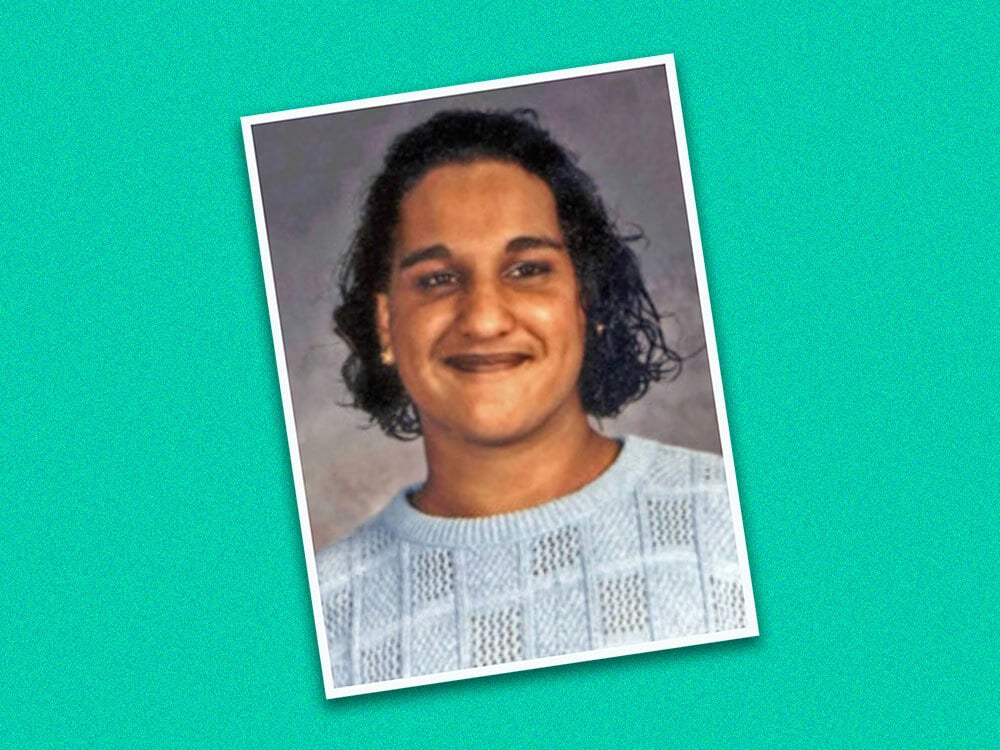








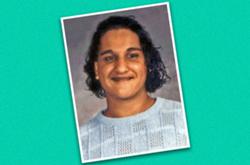



Tyee Commenting Guidelines
Comments that violate guidelines risk being deleted, and violations may result in a temporary or permanent user ban. Maintain the spirit of good conversation to stay in the discussion and be patient with moderators. Comments are reviewed regularly but not in real time.
Do:
Do not: